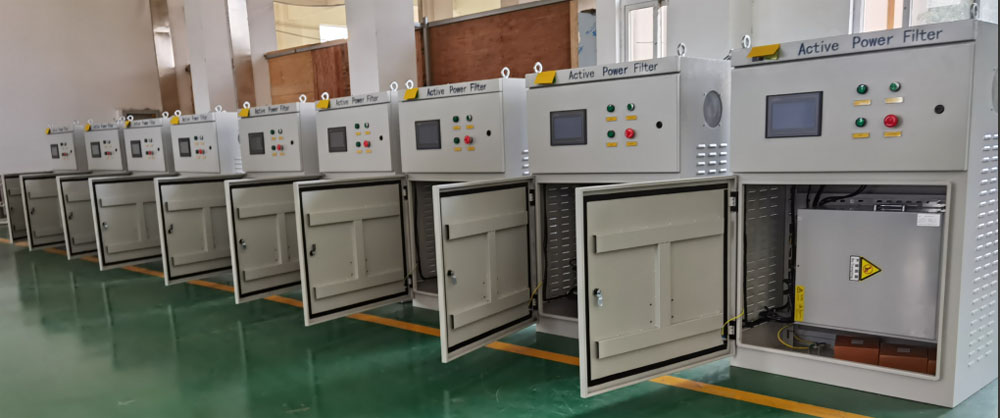What is the reason of resonance in power networks?
Sep 24,2024
What is the reason of resonance in power networks?
Resonance in power networks occurs when the inductive and capacitive elements of the system interact in a way that amplifies specific frequencies, leading to excessive voltage or current oscillations. Here are the primary reasons for resonance in power networks:
1. Impedance Matching
-
Resonant Frequency: Every electrical circuit has a natural resonant frequency determined by its inductance (L) and capacitance (C). When the frequency of the system harmonics matches this resonant frequency, resonance occurs, causing amplification of the harmonics.
2. Presence of Capacitor Banks
-
Capacitor Banks: When capacitor banks are added for reactive power compensation, they can create parallel resonance with the system's inductance. If the combined reactance of the capacitors and inductors leads to a scenario where their reactances cancel each other out, this can cause a significant drop in the overall impedance at that frequency, leading to high current flow.
3. Inductive Loads
-
Inductive Loads: Equipment like motors and transformers contribute inductance to the network. If the network has significant inductance and is also equipped with capacitors, this can create a resonant condition at certain harmonic frequencies.
4. Non-Linear Loads
-
Harmonics from Non-Linear Loads: Devices such as variable frequency drives, rectifiers, and other non-linear loads generate harmonics. If these harmonics coincide with the resonant frequencies of the system, they can exacerbate resonance conditions.
5. System Configuration
-
Network Topology: The physical layout of the power system, including the arrangement of cables, transformers, and other components, can influence resonance behavior. Long cable runs can add inductive properties that interact with capacitive elements.
6. Environmental Factors
-
Environmental Changes: Factors such as temperature changes can affect the characteristics of the components in the network (e.g., resistance, inductance, capacitance), potentially shifting resonant frequencies and causing instability.
7. Quality of Components
-
Imperfect Components: Variations in the specifications of inductors and capacitors (e.g., tolerances) can create unexpected resonances. Low-quality components may have higher losses, which can also affect the overall response of the network.
Resonance in power networks is primarily caused by the interaction of inductive and capacitive elements, particularly when harmonic frequencies from non-linear loads match the system’s natural resonant frequency. Understanding these causes is crucial for designing effective harmonic mitigation strategies and maintaining power quality in electrical systems.

Active Harmonic Filters (AHFs) can effectively help avoid resonance in power systems through several key strategies:
1. Dynamic Harmonic Compensation
2. Targeted Harmonic Filtering
3. Preventing Overcompensation
4. Integration with Other Devices
5. Monitoring and Feedback
6. Installation Considerations
By providing dynamic, selective harmonic compensation and integrating with other power quality devices, Active Harmonic Filters play a crucial role in avoiding resonance in power systems, ensuring stable and efficient operation.
